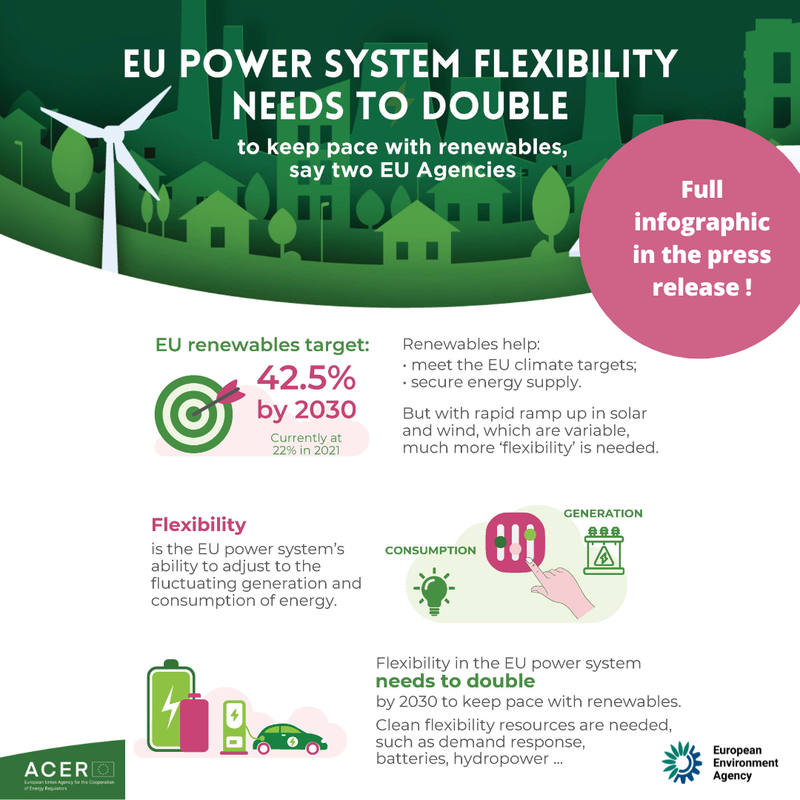All official European Union website addresses are in the europa.eu domain.
See all EU institutions and bodiesIncreased renewable energy sources will help the EU transition towards a prosperous, sustainable, climate-compatible and independent economy. In recent years, Europe has been generating more renewable energy and a growing share of its energy consumption is met through renewable sources.
Energy services for heating and cooling, cooking, lighting, transport and manufacturing are vital for society’s functioning. Over the past two decades, renewable energy production and consumption have increased rapidly across the EU in response to dedicated policies and measures, and facilitated by rapid technological progress. As a result, greenhouse gas emissions across the EU energy system have decreased steadily since 1990, and the EU has achieved its 20% renewable energy target in 2020. In 2023, renewable energy sources represented an estimated 24.1% of the European Union’s final energy use.
Solar panels on rooftops, electric cars and wind turbines on the horizon are becoming quite common and ordinary sights across Europe. Yet, fossil fuels remain the largest source of energy.
While not without impact, replacing fossil fuels with renewable energy sources like solar, wind and biomass, helps reduce emissions of greenhouse gases and other pollutants, as well as contributes to increasing Europe’s energy independence.
Renewable and clean energy will play a vital role in determining Europe's ability to achieve climate neutrality by 2050, while ensuring a steady supply of energy at affordable prices. Although already underway, the transition towards a clean and renewable energy system needs to speed up and transform key sectors, including transport, and put in place the infrastructure and governance needed. The European Green Deal and its policy initiatives, including RePowerEU, aim to facilitate this.
Decarbonisation in the EU: Renewable energy's growing role
Total net greenhouse gas emissions in the European Union dropped by 8% last year, marking significant progress towards climate neutrality for the EU. The huge drop was led by a significant decline in coal use and growth of renewable energy sources and supported by reduced energy consumption across Europe, according to estimated figures included in the latest European Environment Agency (EEA) ‘Trends and Projections’ report.
The accelerating decarbonisation of the European economy has only been possible due to the rapid expansion of renewable energy, paired with the reduced use of fossil fuels.
According to EEA estimates, the share of renewable energy has grown from 10% in 2005 to an estimated 24% of the EU’s gross final energy consumption by 2023.
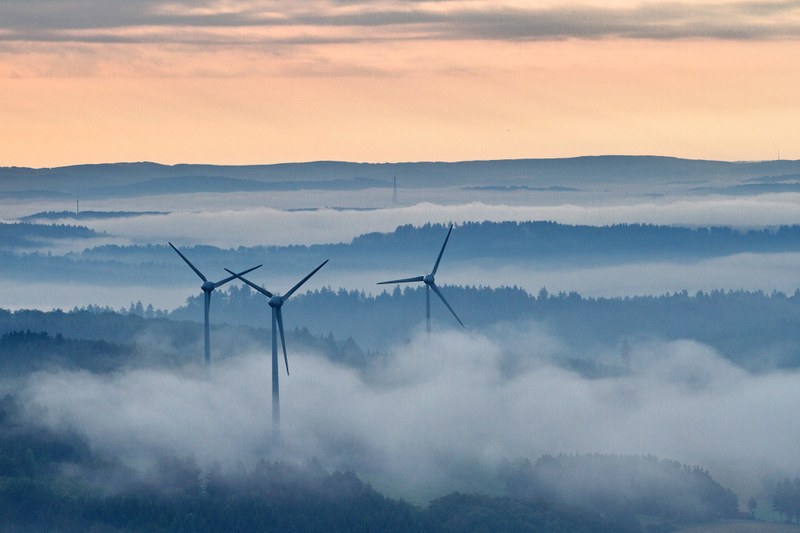
Flexibility in Europe's power system
Flexibility is the power system’s ability to adjust to the fluctuating generation and consumption of energy. Flexibility can be provided in different timeframes, such as days, weeks or seasons and by different technologies.
With the EU 2030 renewables target of 42.5% (compared with 22% in 2021), this decade will see an accelerated decarbonisation of EU electricity supply.
EU Member States need to massively ramp up their renewable power capacity in the coming years. This increase in renewables from variable sources, such as wind and solar, will also increase the need for ‘flexibility’ in the EU electricity system.
A joint report by two EU agencies, EEA and ACER, demonstrates how Member States could exploit collaboration synergies to unlock flexibility and enhance energy security while contributing to long-term climate neutrality.
How much of our energy comes from renewable sources?
Renewable energy sources represented an estimated 24.1% of the European Union’s final energy use in 2023. The share is estimated to have increased by one percentage point when compared with 2022, still largely driven by strong growth in solar power. The share is also amplified by a small 2023 reduction in non-renewable energy consumption. Meeting the new minimum EU target of 42.5% for 2030 will demand more than doubling the rates of renewables deployment seen over the past decade and a deep transformation of the European energy system.
Sweden, Finland and Latvia had the highest renewable energy shares among Member States in 2023. All three countries have strong hydropower industries and wide use of solid biofuels. Luxembourg and Belgium reported the lowest deployment of renewables, of 12% and 14% of their respective total energy consumption.
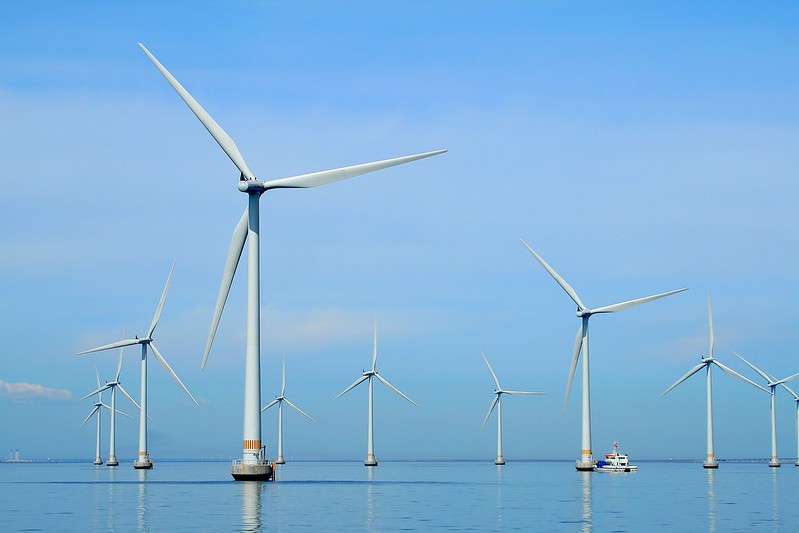
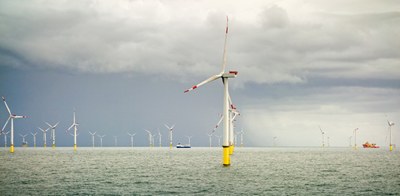
Harnessing offshore wind while preserving the seas
Understanding the trade-offs involved in placing turbines in sensitive and vulnerable coastal waters, coupled with an integrated planning approach when expanding marine protected areas, can help to mitigate potential negative environmental impacts, according to the EEA briefing "Harnessing offshore wind while preserving the seas".
It notes that the installation of offshore wind farms can be combined with other measures that benefit the environment. Offshore wind deployment can also lead to positive impacts on the local environment, such as leading to the creation of new habitats, based on artificial reefs.
Explore further
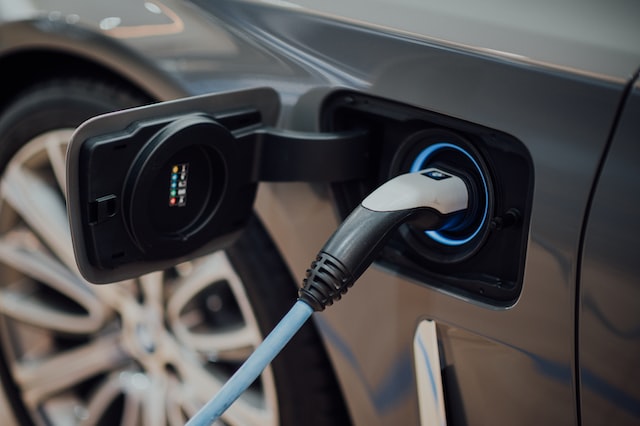
Cleaner transport thanks to renewable energy?
The share of energy from renewable sources used for road and rail transport in the European Union increased from less than 2% in 2005 to 10.1% in 2023, according to preliminary EEA data. These sources include biofuels, renewable electricity, or hydrogen and synthetic fuels of renewable origin.
The uptake of renewable energy sources for transportation varies greatly among EU Member States. Sweden and Finland show the highest shares of renewable energy in 2023, with 29.5% and 19.4% respectively.
Preliminary estimates for 2023 display that eight countries have reached a level more than 10% of renewable energy used in transport. These were Netherlands, Malta, Belgium, Denmark, Austria, Italy, Germany, and Spain. France had a share that was very close to 10%.
Climate and energy in the EU: progress towards climate neutrality by 2050
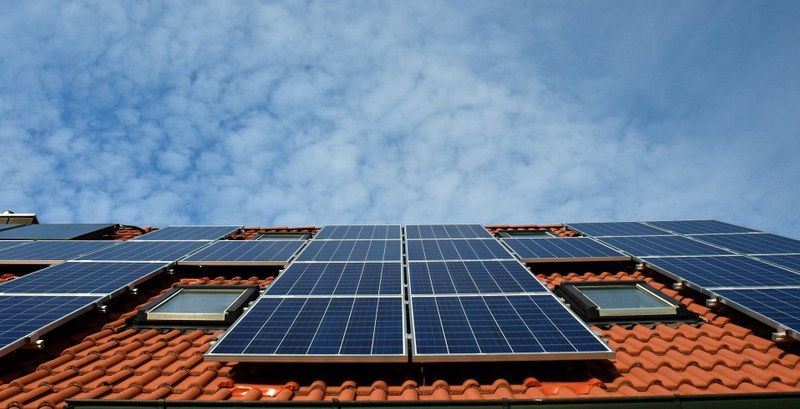
Become a prosumer and help the EU switch to renewable energy
People, institutions and businesses can help deploy renewable energy and reduce fuel imports by becoming prosumers, who both produce and consume energy. For example, by installing solar panels on their roofs or by being part of an energy community, prosumers can lower their bills while supporting the energy transition. They can also provide other services to the power grid such as energy storage.
Prosumers still face many challenges, including costs, regulatory barriers, or lack of volunteers or expertise. However, opportunities for prosumers are growing with technological development and, importantly, an increasingly supportive EU policy framework. Prosumers are now a key element of the recent REPowerEU proposal and its Solar Rooftop initiative.
Explore data: Renewable energy and emissions
The EEA dashboard shows the estimated annual effects of the increased renewable energy sources consumption since 2005 on fossil fuels and greenhouse gases, but also on major air pollutant emissions.
Do you want to know more about your country's stats, and it compares to other countries? You can explore and download the data.


